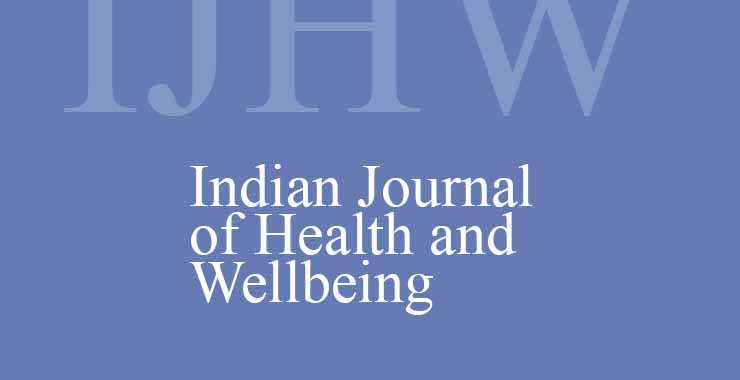Socio-economics of Sorghum (Sorghum Bicolor L. Moench) Growers in Western Krishna Basin of Andhra Pradesh, India
Original price was: ₹ 201.00.₹ 200.00Current price is: ₹ 200.00.
Page: 23-27
Subbarayudu, B., Venkateswarlu, R., Anuradha, N., Prathyusha, I., Lokesh, K., and Praveen K. M. (ICAR- Indian Institute of Millets Research, Rajendranagar, Hyderabad, Telangana)
Description
Page: 23-27
Subbarayudu, B., Venkateswarlu, R., Anuradha, N., Prathyusha, I., Lokesh, K., and Praveen K. M. (ICAR- Indian Institute of Millets Research, Rajendranagar, Hyderabad, Telangana)
Great millet (Sorghum bicolor L. Moench) is an important crop millet crop cultivated during post rainy season since 2004 in western Krishna basin of Andhra Pradesh. The sorghum cultivation in rice fallows was increased from 1000 ha (2004) to 50000 ha (2020-21) through high yielding hybrids, adoption of zero tillage and other improved technologies in Western Krishna basin (Guntur district) of Andhra Pradesh. The primary section of the study was to find out the economics of sorghum, black gram and rice crops, second section is addressing the yield potentials of dual-purpose sorghum hybrids in rice fallows under zero tilt conditions and final section concludes to find out the necessity for establishment of sorghum grain processing centers in project site villages of Guntur. All sorghum growers were adopted the improved seed to seed packages throughout the crop periods successfully. The monitoring of great millet crop was carried out throughout the crop seasons. First section draws together economics of the sorghum in which by investment of one-rupee farmer could able to reap the profit of two rupees and forty paisa only (B:C Ratio = 2.40: 1) whereas rice B:C Ratio was 1.53 and followed by black gram cultivation B:C Ratio was 1.40. The second section revealed that the majority of sorghum growers (95%) are cultivated improved hybrids, namely.; CSH Nos 9, 13, 14, 16, 25 and 30, Mahalakshmi 296 B, Mahico 51, etc which were consistently yielded 5 to 6 tonnes of grain/ha. The second section provides an indication of the high yield potentials (5-6 tonnes/ha) than that of national average of one tonne/ha. Final section draws together and key conclusion that the sustainability of the crop cultivation would be continued and also necessity for establishment of sorghum grain processing centers in these project site villages of Western Krishna Basin of AP to create great millet entrepreneurship development. Overall, great millet incubators on value added products and Startups could be increased and resulted in many fold health and wealth benefits in a big way.

